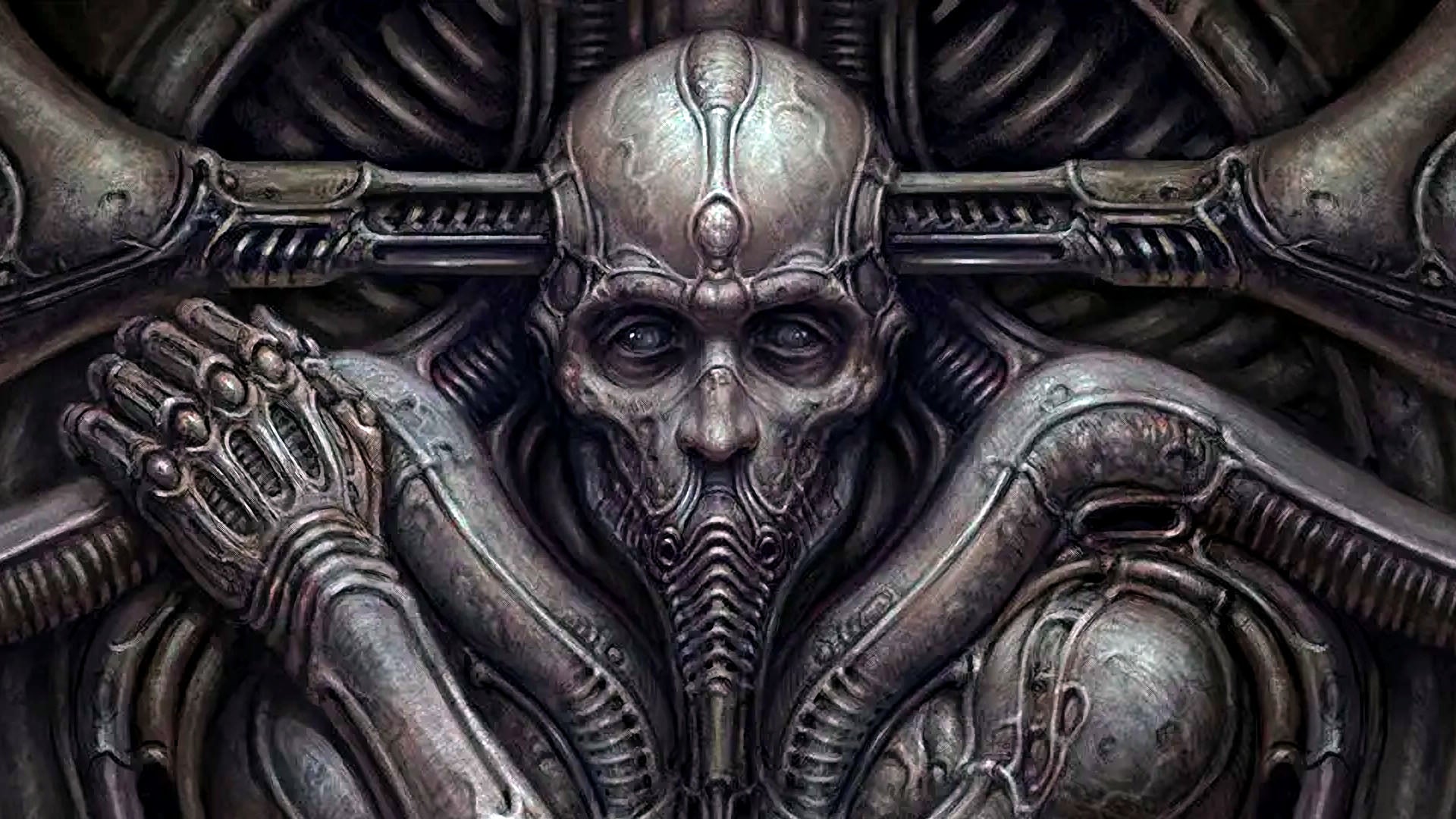Scorn is one of the most visually distinctive games released in recent times. Clearly inspired by the work of HR Giger, the game’s environments marry mechanical intricacy with biology to create a highly unnerving experience. It’s sci-fi, but not hi-tech, with analogue mechanics, skeletal metalwork, and the occasional glimpse of something truly alive.
On the surface, Scorn looks like a first-person shooter, but it has more in common with Myst or The Witness than Doom. This is a slow-paced, brooding title that requires puzzle-solving and careful exploration – but with a small team at the helm and a nearly 10-year development cycle, is this Unreal Engine 4-based game properly polished? And on Xbox Series X, just how good is AMD’s FSR 2 image reconstruction?
Scorn’s visual design is pitch-perfect from the moment you look at the title screen. The environments are highly ambiguous – vaguely mechanical, but ribbed with bone-like arches and inlaid with vascular tubing. Everything is dilapidated, worn and glistening with moisture. But some mechanisms still seem to work, and hint at some larger, unknown purpose. As you progress, the organic elements take over, with guts and veins splayed out all around. Humanoid creatures can be found, fused into bizarre arrangements or discarded like trash. Your character is no different – shortly into the game, you’re attacked by a parasite, which slowly envelops you. The game’s style is strange, uncomfortable, and wholly unique in gaming.
Expect to see unique and breathtaking artwork for every location in the game. Decaying ceilings with light flooding in, elaborate contraptions surrounded in mist, a temple criss-crossed by webs of flesh – it’s all eye-catching and visually compelling. So much care and attention to detail has been packed into every space. All that artwork would be for naught if the technology wasn’t there to back it up, of course. Scorn benefits a lot from its restricted scope and reliance on static opaque models to really ramp up the overall level of fidelity. There’s a ton of geometry carved into every surface, for instance. The level of consistency is really something here, particularly for a smaller-budget game. Maps are ornate and detail-rich in a way that few other games can match.
